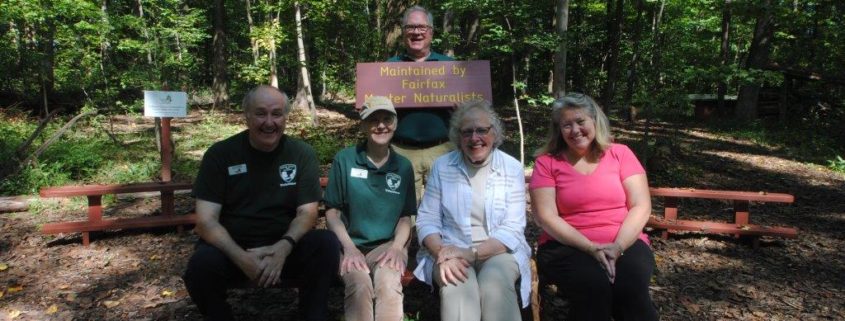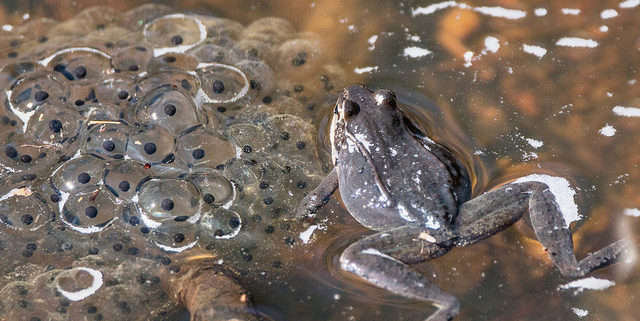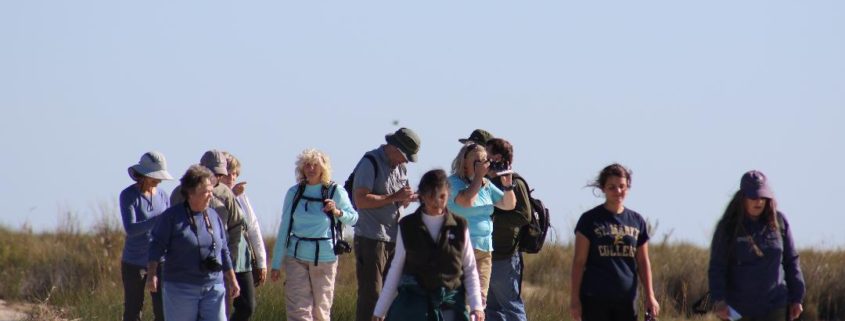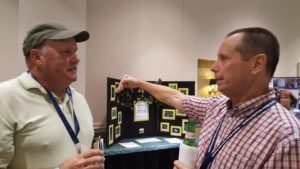Edible Insects and Human Evolution, at Museum of Natural History
Tuesday, October 30, 2018
6:45 PM – 8:30 PM
Ground Floor, National Museum of Natural History
10th St. and Constitution Ave., N.W.
Washington, DC 20013-7012
In her new book, Edible Insects and Human Evolution, author Julie Lesnik traces evidence that humans have been consuming insects throughout the course of human evolution, and provides a compelling case for why we should bring them back into our staple diets.
Lesnik points out that insects are highly nutritious and a very sustainable protein alternative. She believes that if we accept that edible insects are a part of the human legacy, we may have new conversations about what is good to eat—both in past diets and for the future of food.
Join the Museum of Natural History for a talk by Lesnik, and later, see edible insects from the entomology collection, and chat with scientists Briana Pobiner, a paleoanthropologist whose research centers on the evolution of human diet, and Seán Brady, an expert in bees and wasps and Chair of the Department of Entomology.
Edible Insects and Human Evolution will be available for purchase and signing at the program.
About the Author
Julie Lesnik is an assistant professor in the Department of Anthropology at Wayne State University in Detroit, Michigan. She studies the evolution of human diet with a specific interest in how humans have gathered, farmed, and cooked insects for food. She received a PhD in anthropology and a MS in kinesiology from the University of Michigan in 2011.












